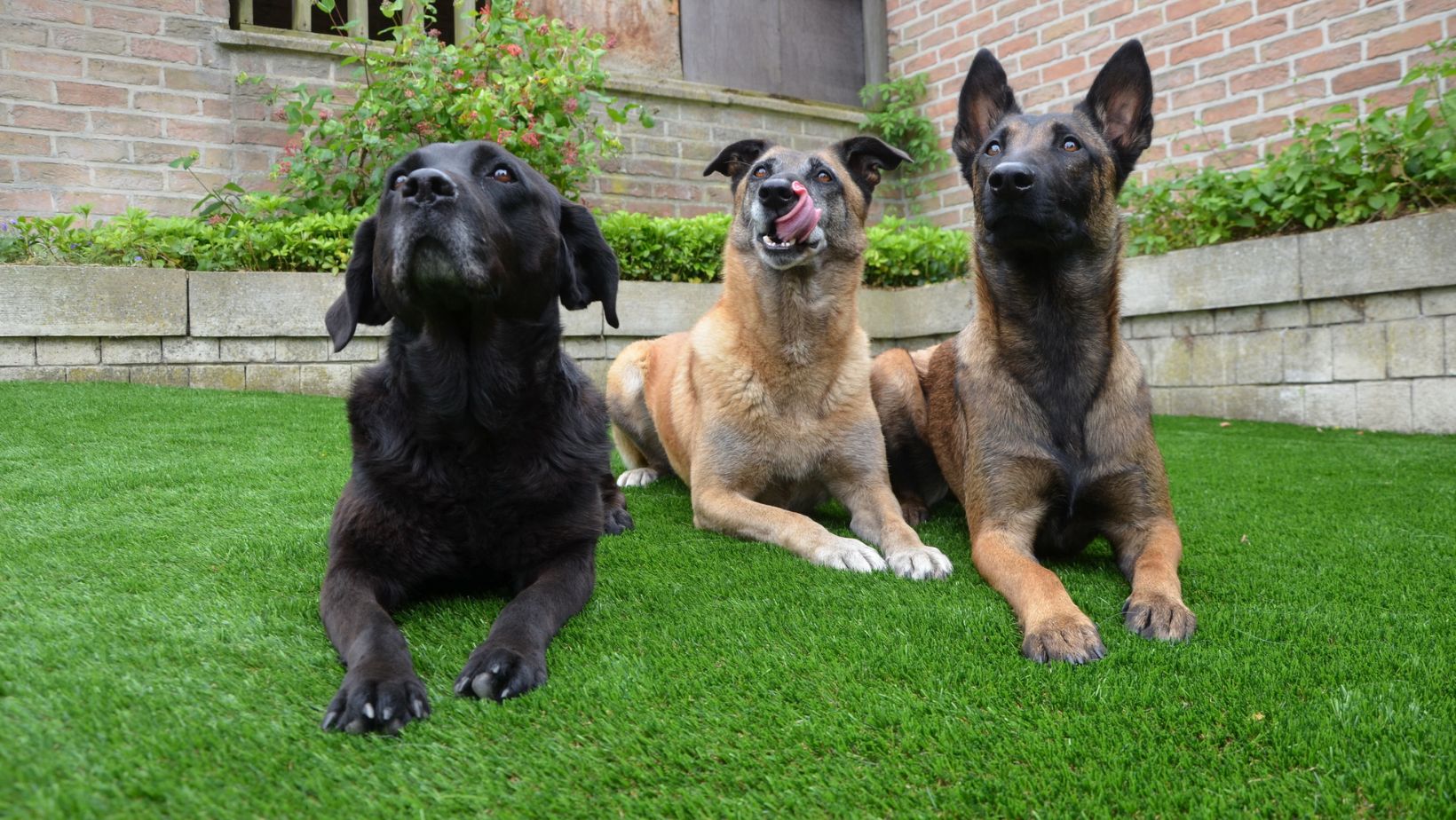Professional dog training goes beyond teaching basic commands like sit and stay. It involves advanced techniques that help develop a dog's skills and behavior. These techniques are used by professional trainers to not only train dogs for obedience but also for specialized tasks such as service dogs, search and rescue dogs, and therapy dogs.
1. Clicker Training
One of the advanced techniques used in professional canine obedience instruction is clicker training. This method is based on positive reinforcement and involves using a clicker to mark desired behaviors. The clicker is a small device that makes a distinct clicking sound when pressed. The trainer clicks the clicker at the exact moment the dog performs the desired behavior and follows it with a reward, such as a treat or praise. Over time, the dog learns to associate the click with the reward and understands which behavior is being reinforced.

Image Source- Google
2. Target Training
Target training is another advanced technique used in professional dog training. It involves teaching dogs to touch or target specific objects with their nose or paw. This technique can be used to teach dogs to perform complex tasks, such as turning on lights, opening doors, or retrieving specific items. The trainer uses a target stick or an object and encourages the dog to touch it with their nose or paw. They then reward the dog for successfully touching the target. Through consistent training, the dog learns to associate the target with the desired behavior.
3. Shaping
Shaping is a technique used to teach dogs complex behaviors by breaking them down into smaller, manageable steps. The trainer rewards the dog for gradually performing each step towards the desired behavior until the complete behavior is achieved. For example, if the desired behavior is jumping through a hoop, the trainer would start by rewarding the dog for approaching the hoop, then for sniffing the hoop, then for putting a paw on the hoop, and so on. This technique requires patience and precision from both the trainer and the dog.
4. Backchaining
Backchaining is a technique used in training sequences of behaviors where the final behavior is taught first, followed by the behaviors that lead up to it. For example, in training a dog to fetch an object and return it, the trainer would first teach the dog to bring the object back and deliver it. Once the dog has mastered this final behavior, the trainer would then teach the dog to go pick up the object and bring it back. By working backward from the final behavior, the dog learns to associate each step with the desired outcome.
